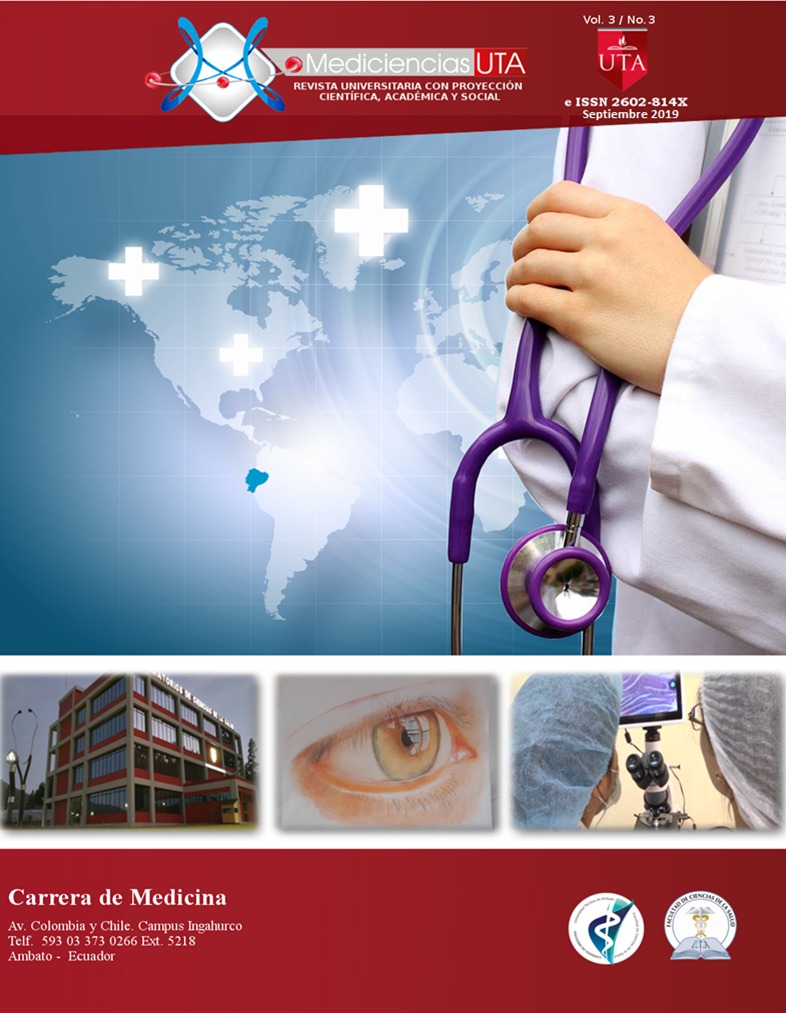Diabetic retinopathy
Main Article Content
Abstract
Introduction: Diabeticretinopathy isaneyediseaseandisthemostcommonmicrovascular complicationinpatientswithdiabetes. Diabeticretinopathy appearsfromhighbloodsugarlevels, aprogressivemicro-annogiopathy characterizedbylesionsandocclusionofsmallretinal vessels.
Objective: Conduct a systemic review of the literature to update health professionals on Diabetic Retinopathy, based on the best available scientific evidence.
Material and methods: Systematic review of articles published in indexed journals, obtained from Pubmed, Scielo, Clinical Key and Scopus databases of the last 5 years, with the search terms: diabetic retinopathy, pathophysiology, screening, diagnosis and treatment.
Results: 35 articles that met the inclusion criteria were analysed. Diabetic retinopathy (RD) had a prevalence of 13% in patients between 35 –74 years of age, with the particularity of a recent diagnosis of diabetes. Prevalence was higher in Asian countries (53.3%) and lower prevalence in European countries (7.2%). The most important predictive factor for the development and progression of DR is hyperglycemia, followed by the duration of the disease. THE screening of DR is one of the best cost-effectiveness medical procedures, being the gold standard for diagnosing diabetic retinopathy, the background of indirect eye with dilated pupil. The two most sensitive methods for detecting DR are retinal photography andslit lamp biomicroscopy in dilated pupils. Lower incidence and slower progression of DR was demonstrated in patients with strict blood glucose control, there was also a decrease in the progression of proliferative diabetic retinopathy (PDR) and diabetic macular oedema. The treatment of choice in PDR is panretinal laser photocoagulation (PRP). Multispot laser photocoagulation (MSL) showed less damage and pain in the retina and greater comfort for the patient, compared to conventional laser (CL). Anti-VEGF treatment has surpassed the macular laser and is considered first-line for diabetic macular oedema (MED) involving the central macula. The injection without aflibercept, substantially reduces the number of medical consultations.
Conclusions: Proper screening and management of diabetic retinopathy contributes to improving quality of life by reducing the riskof blindness and reducing public health costs. The intervals between the eye consultation and the screening tests will be adapted according to the risk factors identified in the patient.



